Serum Amyloid A1 Products
The apolipoproteins are a structurally-unrelated group of proteins that have some association with the transport of lipids in blood. Apolipoproteins, plus phospholipids, cholesterol and triglycerides, form spherical particles with a lipid/hydrophobic center and a (apolipo)protein coat. The apolipoprotein coat promotes aqueous solubility and serves as a ligand for lipoprotein receptors. HDL may contain apolipoproteins A, C, D, E, J, L and M, while LDL contains apolipoproteins B and E.
ApoAI and ApoA2 are major protein components of serum high-density lipoprotein (HDL) and are produced by the liver and small intestine. They are involved in reverse cholesterol transport from tissues to the liver. Polymorphisms of ApoA2 are associated with disorders of cholesterol and fatty acid metabolism. Human ApoB (Apolipoprotein B-100) is a 550 kDa, secreted, palmitoylated glycoprotein that is part of LDL and VLDL particles. It is made by liver and is 4536 aa in length. It binds LDL to the ApoB/E receptor. ApoC activates lipoprotein lipase and may self-associate to form amyloid-type fibrils.
ApoE is a 34 kDa protein component of serum chylomicrons, VLDL, and HDL particles. It mediates the binding, uptake, and catabolism of these particles through interactions with the ApoE receptor and LDL receptors in the liver and brain. ApoE is important in fatty acid homeostasis and memory formation. Polymorphisms encode three variants (ApoE2, 3, 4) which are differentially related to the development of atherosclerosis and neurogenerative disorders, particularly Alzheimer's disease.
Serum amyloid A proteins (SAAs) are a family of homologous apolipoproteins of high density lipoprotein (HDL). They can be divided into two groups. The first group consists of the acute phase SAA1 and SAA2 that associate with HDL during inflammation and remodel the HDL particle by displacing apolipoprotein A1. The second group consists of constitutively expressed SAA4 and SAA5 that exist as minor apolipoproteins on HDL but make up more than 90% of the total SAA during homeostasis.
221 results for "Serum Amyloid A1" in Products
221 results for "Serum Amyloid A1" in Products
Serum Amyloid A1 Products
The apolipoproteins are a structurally-unrelated group of proteins that have some association with the transport of lipids in blood. Apolipoproteins, plus phospholipids, cholesterol and triglycerides, form spherical particles with a lipid/hydrophobic center and a (apolipo)protein coat. The apolipoprotein coat promotes aqueous solubility and serves as a ligand for lipoprotein receptors. HDL may contain apolipoproteins A, C, D, E, J, L and M, while LDL contains apolipoproteins B and E.
ApoAI and ApoA2 are major protein components of serum high-density lipoprotein (HDL) and are produced by the liver and small intestine. They are involved in reverse cholesterol transport from tissues to the liver. Polymorphisms of ApoA2 are associated with disorders of cholesterol and fatty acid metabolism. Human ApoB (Apolipoprotein B-100) is a 550 kDa, secreted, palmitoylated glycoprotein that is part of LDL and VLDL particles. It is made by liver and is 4536 aa in length. It binds LDL to the ApoB/E receptor. ApoC activates lipoprotein lipase and may self-associate to form amyloid-type fibrils.
ApoE is a 34 kDa protein component of serum chylomicrons, VLDL, and HDL particles. It mediates the binding, uptake, and catabolism of these particles through interactions with the ApoE receptor and LDL receptors in the liver and brain. ApoE is important in fatty acid homeostasis and memory formation. Polymorphisms encode three variants (ApoE2, 3, 4) which are differentially related to the development of atherosclerosis and neurogenerative disorders, particularly Alzheimer's disease.
Serum amyloid A proteins (SAAs) are a family of homologous apolipoproteins of high density lipoprotein (HDL). They can be divided into two groups. The first group consists of the acute phase SAA1 and SAA2 that associate with HDL during inflammation and remodel the HDL particle by displacing apolipoprotein A1. The second group consists of constitutively expressed SAA4 and SAA5 that exist as minor apolipoproteins on HDL but make up more than 90% of the total SAA during homeostasis.
| Applications: | WB |
| Applications: | WB |
| Reactivity: | Mouse |
| Details: | Goat IgG Polyclonal |
| Applications: | WB, Simple Western, ELISA, IHC |
| Assay Range: | 1.56 - 100 ng/mL |
| Applications: | ELISA |
| Source: | E. coli |
| Accession #: | P05366 |
| Applications: | BA |
| Reactivity: | Human, Mouse |
| Details: | Mouse IgG1 Monoclonal Clone #Reu86.5 |
| Applications: | IHC, WB, ELISA |
| Reactivity: | Mouse |
| Details: | Goat IgG Polyclonal |
| Applications: | WB |
| Reactivity: | Human |
| Details: | Mouse IgG2b Monoclonal Clone #902728 |
| Applications: | WB |
| Reactivity: | Human |
| Details: | Mouse IgG1 Monoclonal Clone #865504 |
| Applications: | ELISA |
| Reactivity: | Human |
| Details: | Mouse IgG2b Monoclonal Clone #924912 |
| Applications: | ELISA |
Recombinant Monoclonal Antibody.
| Reactivity: | Mouse |
| Details: | Rat IgG2a Monoclonal Clone #834835R |
| Applications: | ELISA |
| Reactivity: | Human |
| Details: | Mouse IgG2b Monoclonal Clone #902770 |
| Applications: | ELISA |
| Reactivity: | Human |
| Details: | Mouse IgG2b Monoclonal Clone #924903 |
| Applications: | ELISA |
| Reactivity: | Human |
| Details: | Mouse IgG2b Monoclonal Clone #902728 |
| Applications: | WB |
| Reactivity: | Human |
| Details: | Mouse IgG1 Monoclonal Clone #CL9175 |
| Applications: | IHC, WB |
| Reactivity: | Human |
| Details: | Mouse IgG1 Monoclonal Clone #865504 |
| Applications: | ELISA |
| Reactivity: | Human |
| Details: | Mouse IgG2b Monoclonal Clone #902728 |
| Applications: | WB |
| Reactivity: | Human |
| Details: | Mouse IgG2b Monoclonal Clone #902728 |
| Applications: | WB |
| Reactivity: | Human |
| Details: | Mouse IgG2b Monoclonal Clone #902728 |
| Applications: | WB |
| Reactivity: | Human |
| Details: | Mouse IgG2b Monoclonal Clone #902728 |
| Applications: | WB |
| Reactivity: | Human |
| Details: | Mouse IgG2b Monoclonal Clone #902728 |
| Applications: | WB |
| Reactivity: | Human |
| Details: | Mouse IgG2b Monoclonal Clone #902728 |
| Applications: | WB |
| Reactivity: | Human |
| Details: | Mouse IgG2b Monoclonal Clone #902728 |
| Applications: | WB |
Recombinant Monoclonal Antibody.
| Reactivity: | Mouse |
| Details: | Rat IgG2a Monoclonal Clone #834835R |
| Applications: | ELISA |
| Reactivity: | Human |
| Details: | Mouse IgG2b Monoclonal Clone #924903 |
| Applications: | ELISA |

![Western Blot: Serum Amyloid A1 Overexpression Lysate [NBL1-15671] Western Blot: Serum Amyloid A1 Overexpression Lysate [NBL1-15671]](https://resources.bio-techne.com/images/products/Serum-Amyloid-A-Overexpression-Lysate-Adult-Normal-Western-Blot-NBL1-15671-img0002.jpg)
![Western Blot: Serum Amyloid A1 Overexpression Lysate [NBL1-15670] Western Blot: Serum Amyloid A1 Overexpression Lysate [NBL1-15670]](https://resources.bio-techne.com/images/products/Serum-Amyloid-A-Overexpression-Lysate-Adult-Normal-Western-Blot-NBL1-15670-img0002.jpg)

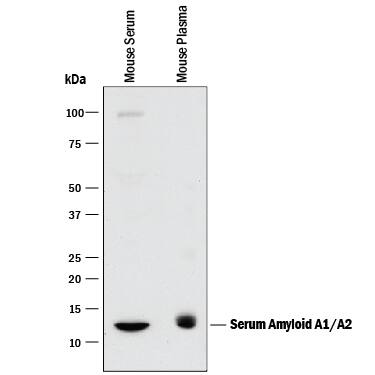

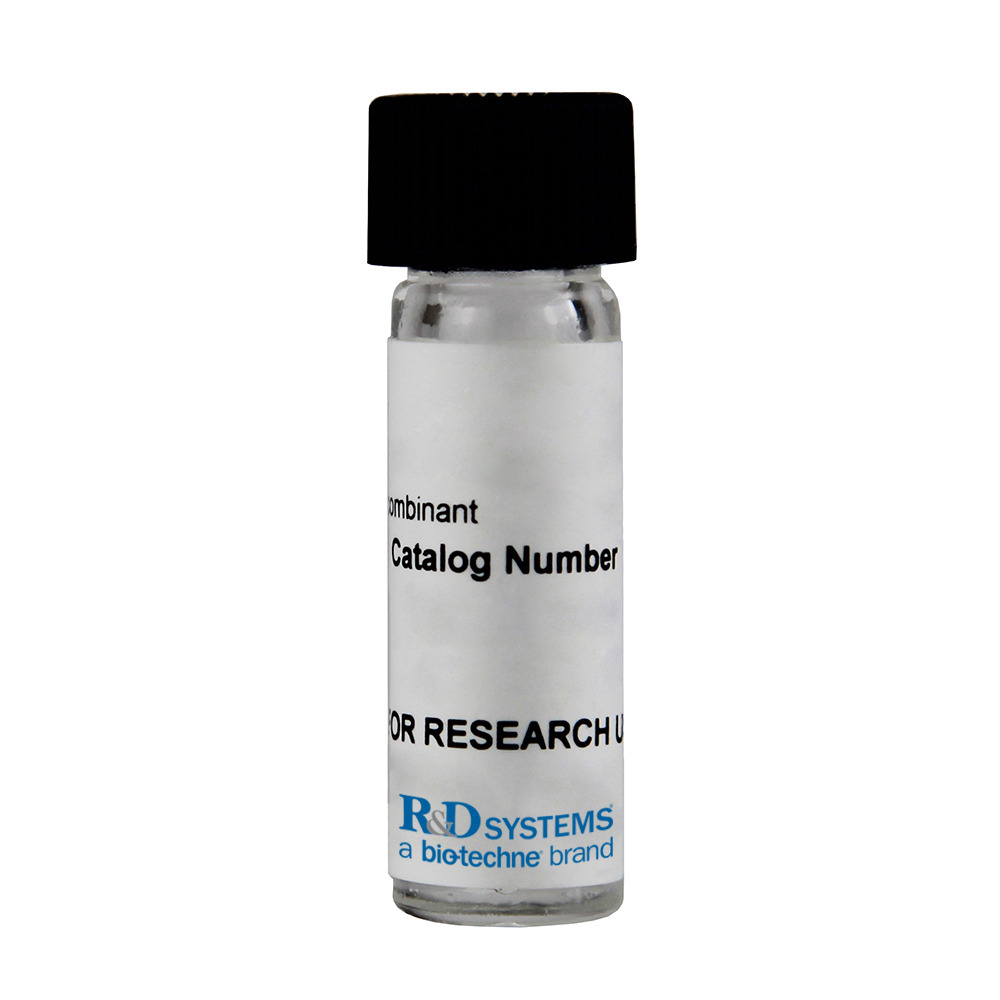
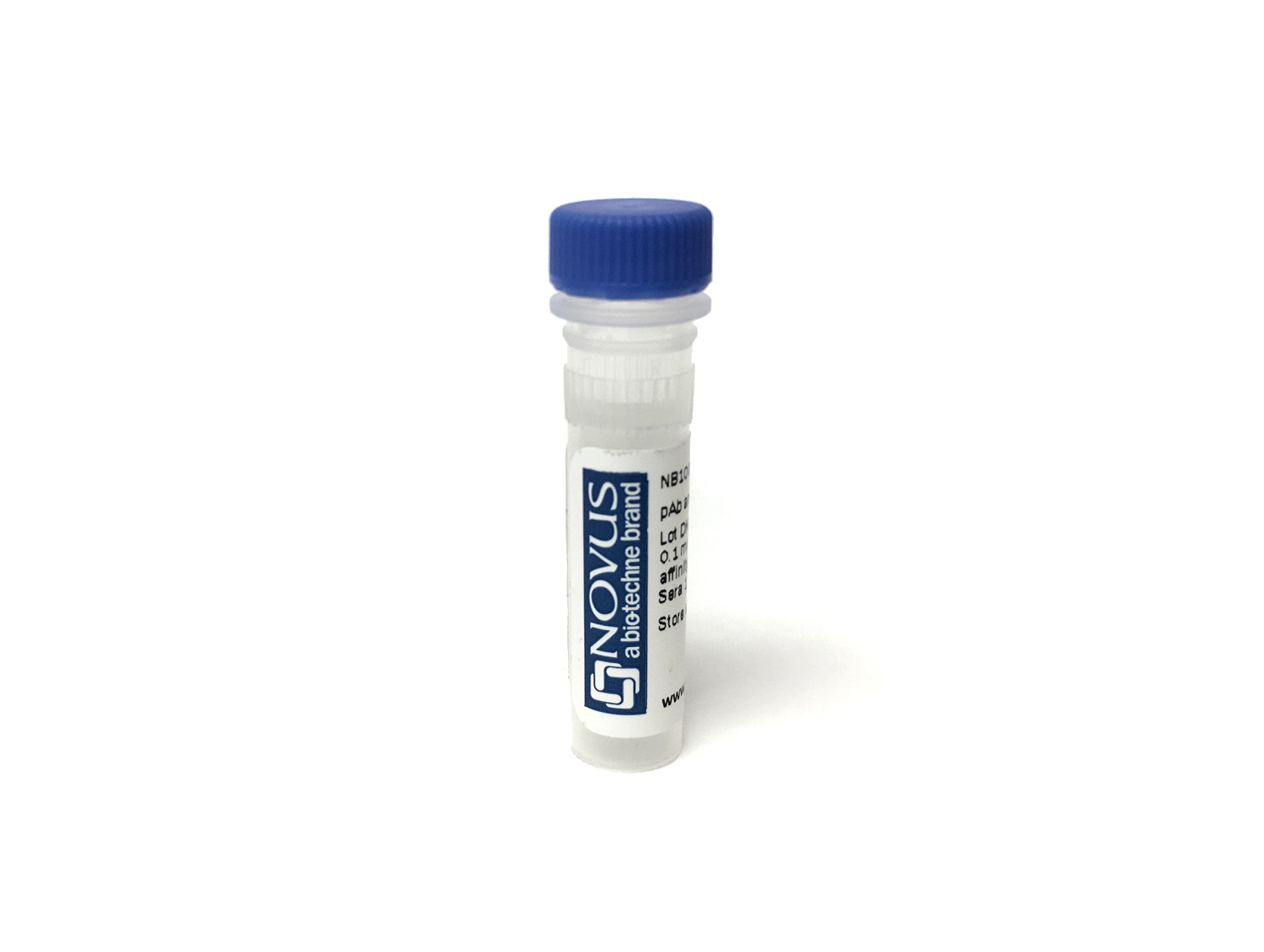
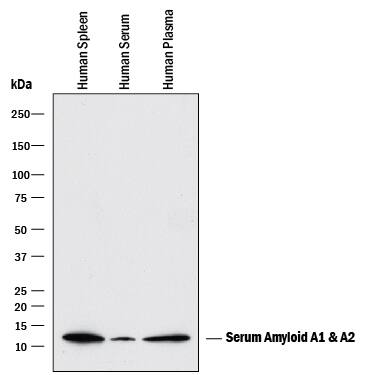
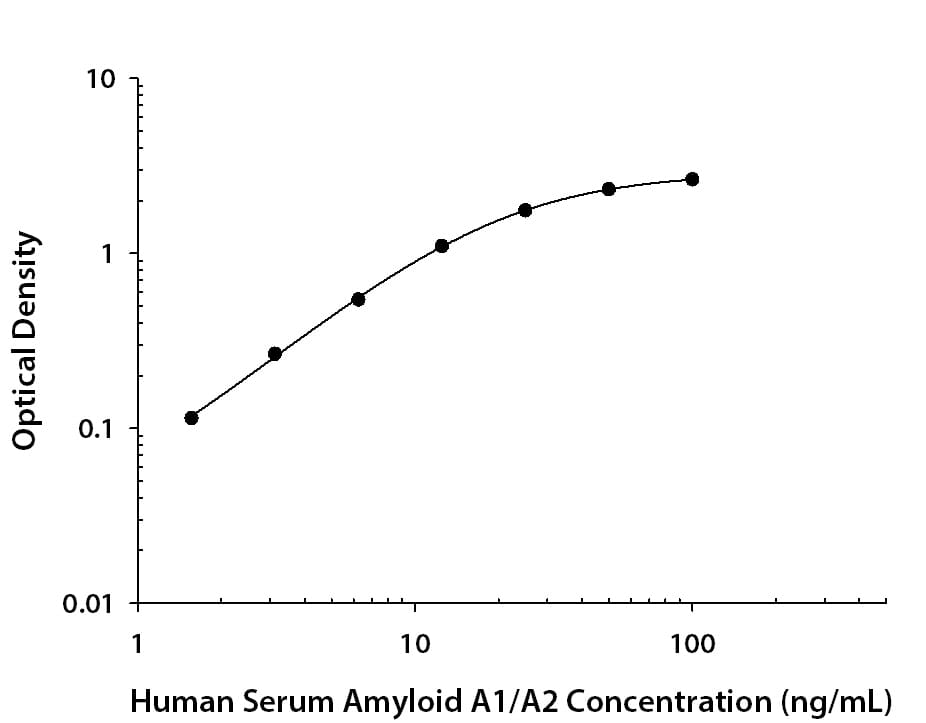
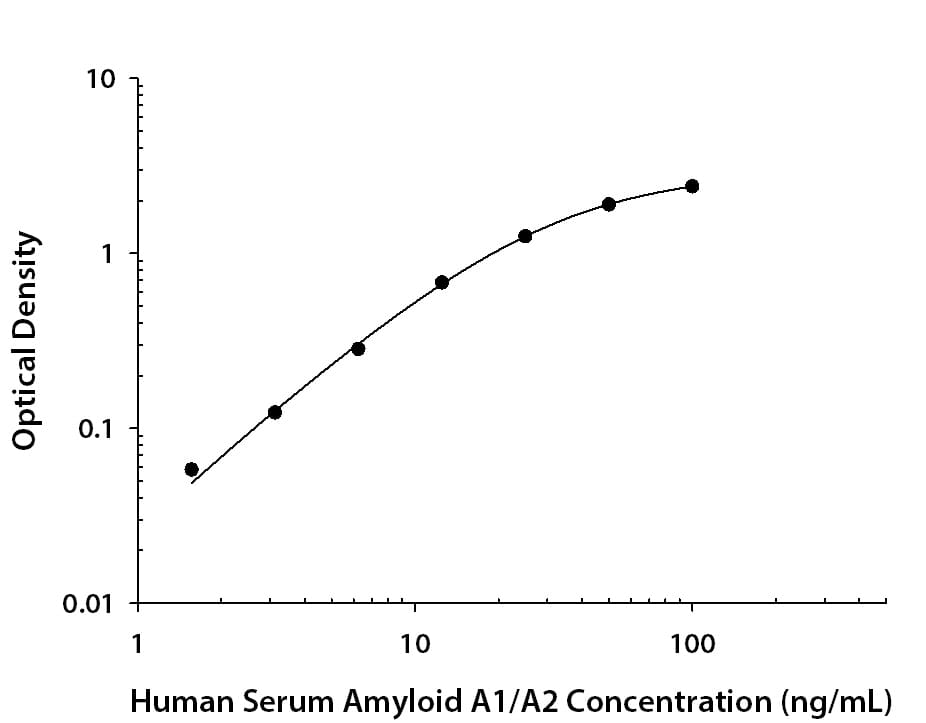

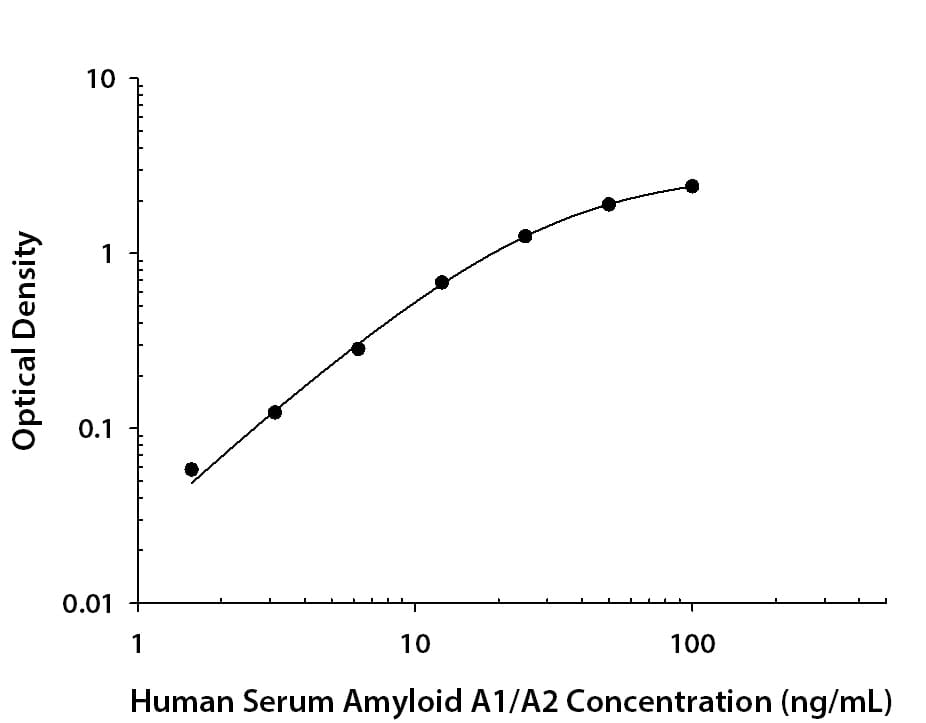
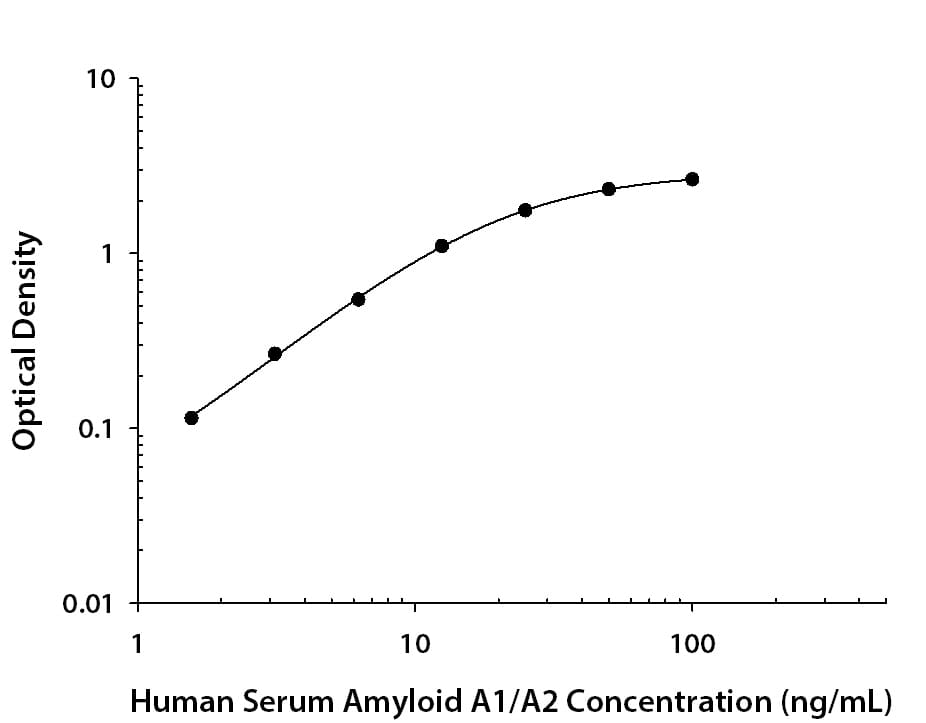
![Immunohistochemistry-Paraffin: Serum Amyloid A1 Antibody [NBP3-21169] - Immunohistochemistry-Paraffin: Serum Amyloid A1 Antibody [NBP3-21169] -](https://resources.bio-techne.com/images/products/nbp3-21169_mouse-serum-amyloid-a1-mab-cl9175-4520231549326.jpg)